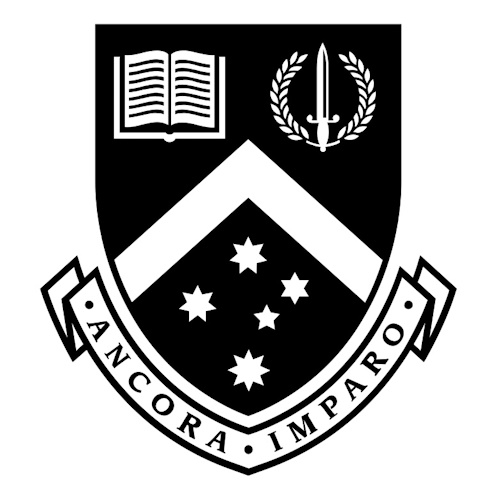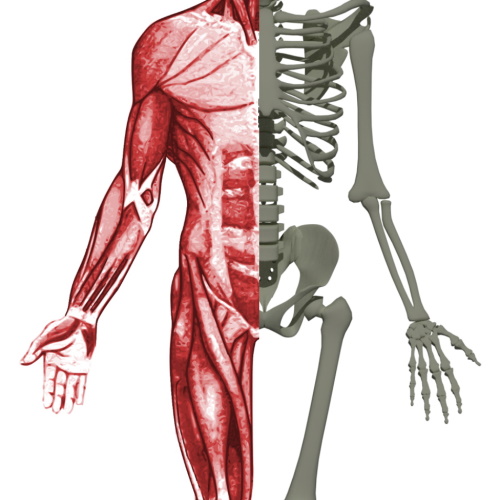Key points from article :
Researchers after six years of experiments on fish isolated a signal that turns on the cells.
In mice, a signalling chemical prompts stem cells to begin knitting together.
Pharma companies to test it as a treatment for muscular dystrophy and ageing.
“It fully restored the architecture of the muscle” - Peter Currie, director of Australian Regenerative Medicine Institute.
Scientists cautioned the research was a long way away from the clinic.
Using multiphoton microscopy, able to film the movement of cells around a wound on a zebrafish.
Macrophages were sending signals to the stem cells using a signalling hormone called NAMPT.
Giving high doses may supercharge the process.
When removed the immune cells, the wounds did not heal.
When applied NAMPT paste to a wound on a mouse, it substantially increased healing speed.
“Opens up the door for more investigation and better quality treatment,” - Ashish Diwan, director of Spine Service.
Research by Monash University published in Nature.






